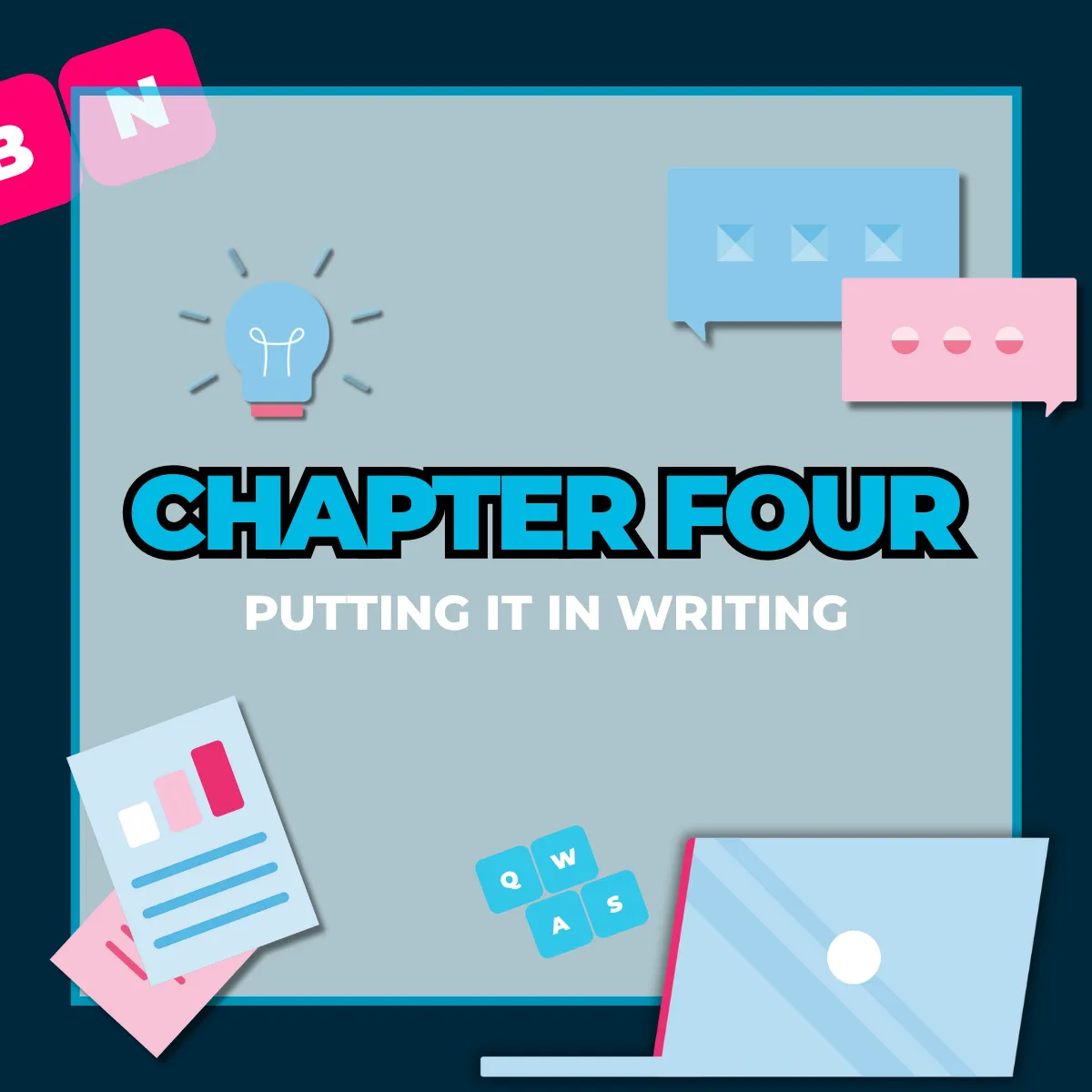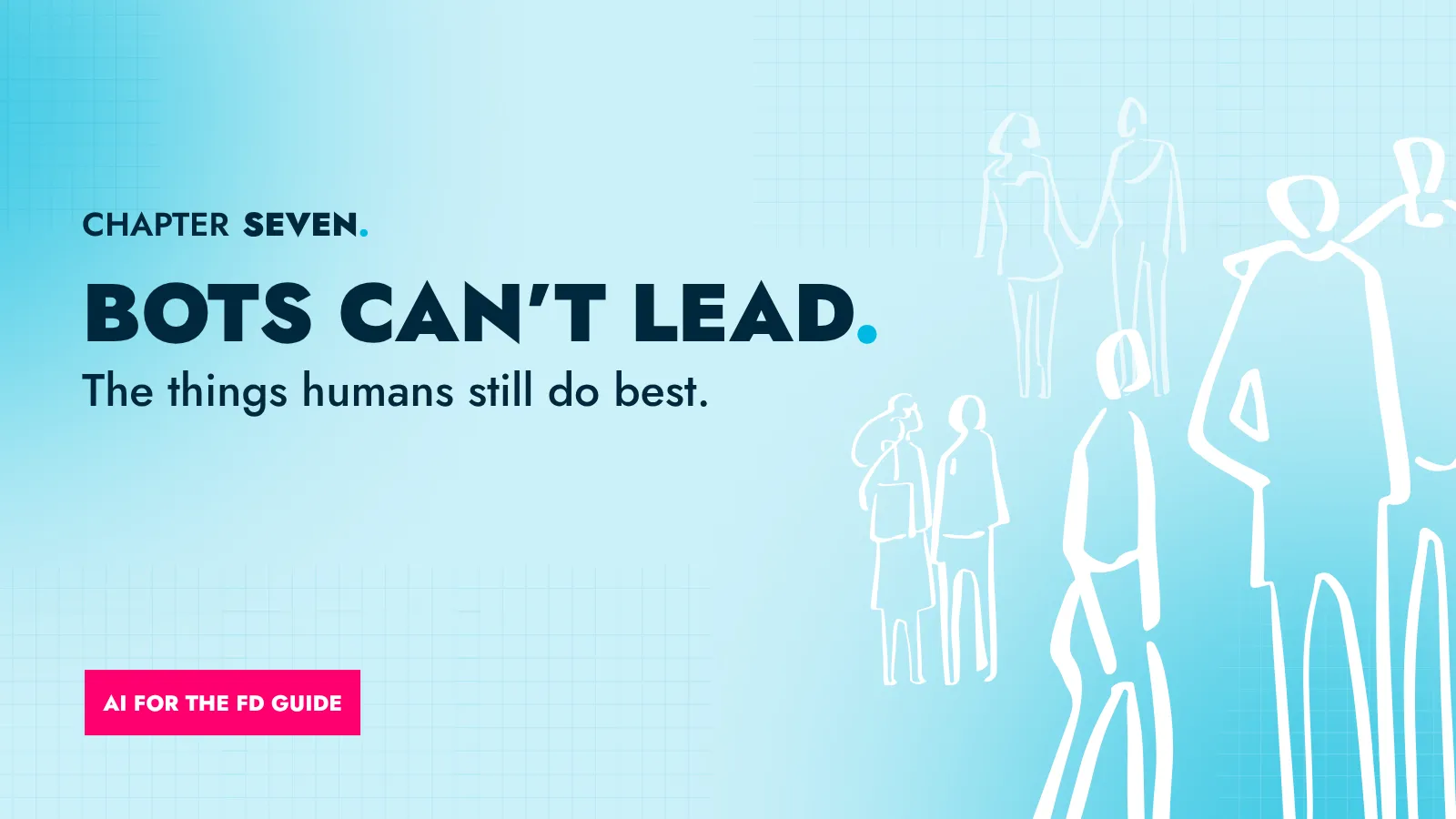Introduction
Have you found your forever finance system? Or at least the one that'll last you a good few years?
Now is the time when you may need to write a business case, if you haven't been asked for one already.
And you'll want to do a good job just in case somebody reads it.
You might have a sneaky suspicion that your document will be examined about as thoroughly as the last multi-page user agreement you clicked "I agree" to. But the process of writing a business case can help clarify your thinking and confirm the right course of action as well as setting out the issues for decision makers.
The following will help you craft a document that you can confidently pass round a meeting, ready for scrutiny by the most contrary board member.
Keep it brief

A business case should be a concise, compelling argument produced for the benefit of people who are smart but don't necessarily get finance.
Mark Preston, Head of Business and Finance at Blackpool Grand Theatre, successfully put together a business case for change there.
"Our CEO asked me to write a short paper. I think it ended up being just a little more than the one side of A4 that he asked me," he says.
"That was enough to answer virtually all the questions that could have arisen. We laid out the options and our preferred solution and the cost of it.
"All the discussions we'd had with other theatres about what their systems did and didn't do fed into that paper. It went round to all the trustees and was eventually authorised."
Remember your audience

This is a good time to reflect on what we said about addressing the concerns of different stakeholders back in Chapter Two of this guide, Getting the Board on Board: How to win allies and influence people.
"The person writing the cheque is they key person you need on board - and most of the time, you'll need a business case," says Russell Frayne, Director of Transformation at Gravita.
Richard Woolgar, Head of Outsourcing at Armstrong Watson, says: "A lot of people who grow businesses come from a sales culture rather than a finance background - so they tend to see finance as a support function that's just there and should deal with its own problems.
"When you're making a case for a new system, you need to show how a pound spent on software or implementation affects the bottom line.
"Each director will have a 'hook' that's going to get them over the line when it comes to the need for change. For example, it might be that a new system will fix audit problems - and nobody likes the auditors being in for longer than necessary. It's often about working out what that hook is and what each director's language is."
Putting the numbers on it
In Chapter One and Two, we talking about adding some numbers to the emerging case for change. You'll need to employ those here as you look to show the likely return on investment from a new system.
Weigh the current costs...
🔴 Unnecessary hours spent x hourly cost of staff involved
🔴 Total cost of all current finance software licences
🔴 Total cost of current third-party applications
🔴 Costs of hosting a server, maintaining it and installing security fixes
🔴 Total: £££
Against the cost of the new system...
🟢 Price of all subscription and user licences
🟢 Implementation fees
🟢 Any fees to consultants and advisers
🟢 Costs of any third-party applications to be integrations
🟢 Total: £££
Your business case should also cover those less quantifiable benefits we covered back in part two, including:
- Better decision making with real-time data.
- Staff time freed up for higher-value work.
- The ability to bring forward other revenue-generating projects
What we've learned: The key takeaways
It needs to be concise and to address the concerns of your different stakeholders. (Refer back to Chapter Two for more about those.)
You can put numbers on it: The costs of the old system and its inefficiencies. The costs of the new system. The anticipated benefits of the change.
Your document should include:
- Executive summary
- Background
- Business opportunity
- Costs
- Benefits
- ROI
- Alternatives considered
- Evaluation of risk
- Next Steps
Latest guides
Want to see iplicit in action?
Book your demo and discover how iplicit can simplify your finance operations, automate manual processes, and give you real-time visibility - wherever you work.










